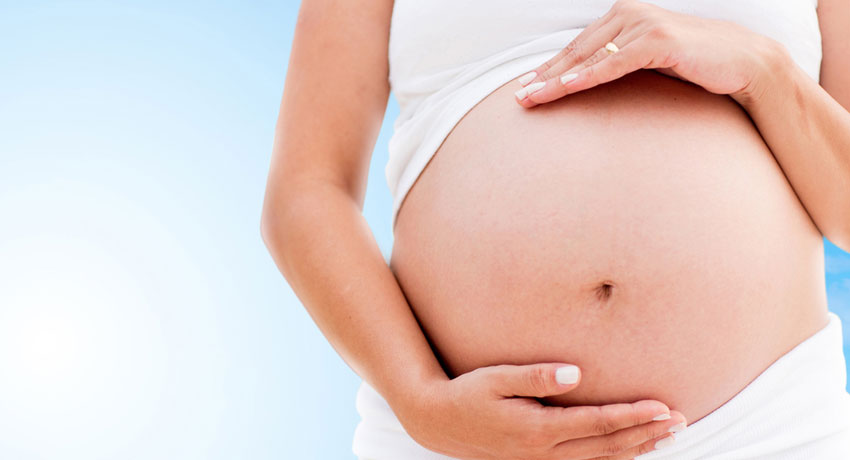Silk May Help Prevent Premature Birth

Pregnant belly image via shutterstock
Dr. Michael House, an obstetrician and medical researcher at Tufts Medical Center’s Mother Infant Research Institute, is currently studying how silk can prevent premature delivery in pregnant women.
Pregnant women who have short cervixes are more likely to deliver premature babies, House says. Although it is not certain yet why this happens, it is cited as a cause behind premature births. Women with weak cervixes are also more likely to deliver prematurely because the cervix opens too early.
To treat this, House has created a silk gel that is injected into a pregnant patient’s cervix in order to keep it from shortening and opening too soon. Current treatments for premature delivery — which involve hormone supplements and placing a surgical stitch in the weak cervix — are not effective for all women, House says. Bed rest is also recommended to keep the cervix from opening too early, but House notes that bed rest has negative health risks such as blood clots and muscle wasting.
House’s gel, once injected, stiffens the weak cervix while still allowing normal contractions to occur at the appropriate time.
In a report, House says:
“It’s a challenging design problem to make tissue in a wet body environment. The unique challenge of pregnancy is that you need something that’s strong initially but gradually degrades over time.”
The silk gel injection is a biomaterial that is strong — stronger, even, than the material used to make bulletproof vests, according to Tufts Biomedical Engineering Chair Dr. David Kaplan — but also biodegradable in order to allow normal cervix contractions later on.
House and his colleagues have tested this silk gel on pregnant rabbits in pre-trial experiments. Four pregnant rabbits were injected with the silk gel about halfway through their 30-day pregnancies and after two weeks, the silk was still present in the cervix and had stiffened it considerably.
House hopes that this procedure will prove to be a less expensive, less risky treatment for preventing premature birth than current practiced treatments.


